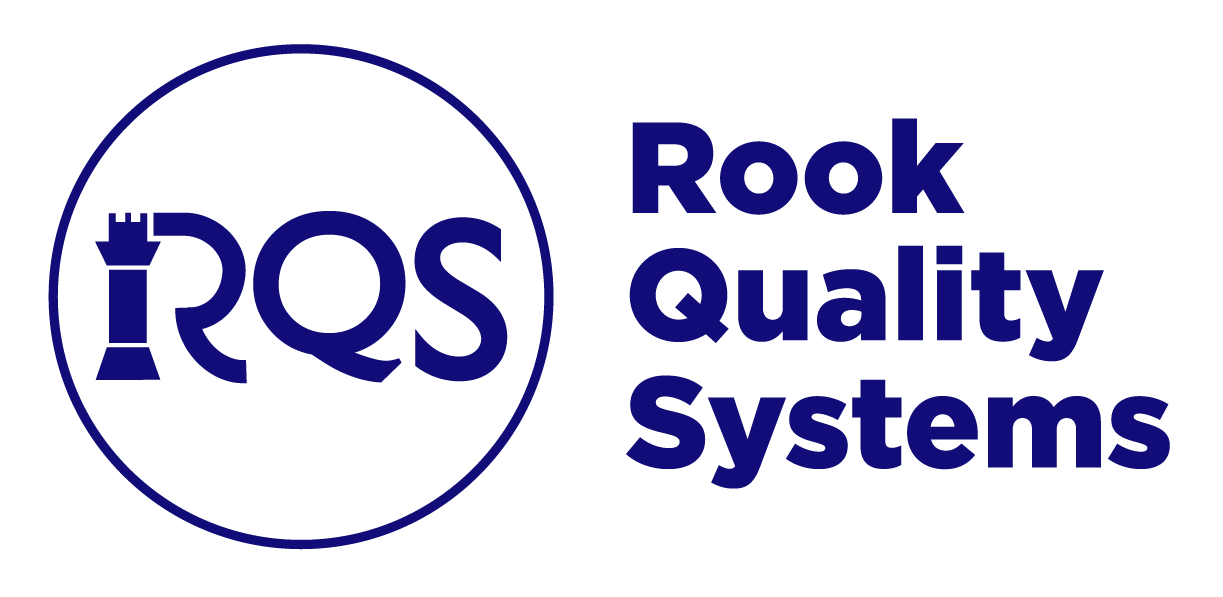Steps the FDA Continues to Take to Strengthen the Premarket Notification [510(k)] Program
Last week, the U.S. Food and Drug Administration (FDA) released three new draft guidances to strengthen the 510(k) program and to advance the safety and effectiveness of medical devices. A 510(k) is a premarket submission made to CDRH to demonstrate that the medical device to be marketed is substantially equivalent to a legally marketed device. The three draft guidances improve the existing 510(k) program by providing further clarity on complex device topics in the 510(k) submissions, including predicate device selection, and recommendations for the use of clinical data. Below are some key points to consider based on each draft guidance. Please refer to New FDA Draft Guidances to Further Modernize the 510(k) program for more information.
Best Practices for Selecting a Predicate Device
This guidance provides recommendations to industry and FDA staff about the best practices of choosing a predicate device for a 510(k) submission.
1. Predicate devices cleared using well-established methods
The FDA recommends selecting a valid predicate device that had been cleared using well-established methods. These methods include:
- Methods from a currently FDA-recognized voluntary consensus standards
- FDA guidance document
- A qualified medical device development tool
- Widely available and accepted method published in the public domain
When selecting a predicate device, it is important to consider how much information is readily available in regards to the specific test methods(s) used in support of the predicate device’s clearance and whether those methods still are appropriate for evaluation of the subject device.
2. Predicate devices meet or exceed expected safety and performance
It is also important and best practice to select a valid, cleared predicate device that still continues to perform safely and as intended by the manufacturer during use in its intended environment of use. When selecting your predicate device, it is important to review and consider any reported medical device-related adverse events, malfunctions or deaths may influence the safety and effectiveness of the device. FDA databases can be utilized for conducting a search of these reported events.
Below are some sources of databases the FDA recommends to conduct a search for any reported injury, death or malfunctions:
- https://www.accessdata.fda.gov/scripts/cdrh/cfdocs/cfmaude/search.cfm
- https://www.accessdata.fda.gov/scripts/cdrh/cfdocs/cfmdr/search.cfm.
- https://www.accessdata.fda.gov/scripts/cdrh/cfdocs/medsun/searchreporttext.cfm
3. Predicate devices without unmitigated use-related or design-related safety issues
Additionally, it is important to select a valid predicate device that does not have unmitigated use-related or design related safety issues, including consideration of emerging signals or safety communications. An emerging signal is known as new information about a device that supports a new causal association between a device and an adverse event (or set of events). It is recommended to review and analyze any safety signals, emerging signals or other safety information readily available prior to selecting a valid predicate device to support the 510(k) submission.
4. Predicate devices without an associated design-related recall
Lastly, in this draft guidance the FDA recommends to select a predicate device that has not been subject to a design-related recall. Design-related recalls often signal and indicate a pivotal flaw with the design of the device as it is cleared and commercially distributed. Therefore, it is effective for a submitted to conduct a search of the FDA medical device recalls databases to review and assess whether any of the valid predicate devices have an associated recall. The FDA considers it to be best practice, to select a valid predicate device that is not associated with a design-related recall whenever possible.
The FDA recommends conducting a search of the database below, to assess whether any of the valid predicate devices have an associated recall:
Recommendations for the Use of Clinical Data in 510(k) Submissions
This guidance provides recommendations for when clinical data may be required to demonstrate that a device reviewed under a 510(k) submission is substantially equivalent to a predicate device. Below are scenarios, where clinical data may be necessary in a 510(k) submission to demonstrate substantial equivalence:
1. There are differences between the indications for use of the new device and predicate device.
The following are factors to consider when clinical data may be necessary to include in a 510(k) to demonstrate substantial equivalence when there are indeed differences between the indications for use of the subject device and predicate device:
- Differences in the patient population (i.e., if new subject device is indicated for use in a higher risk population than the predicate)
- Differences in the disease
- Differences in the anatomical site, structure or pathology
- General to specific considerations
- Expansion of new device’s currently cleared-indications for use
2. There are differences between technological characteristics of the new device and predicate device (change in materials, device design, energy source, or other device features)
3. Substantial equivalence between the new device and predicate device cannot be determined by non-clinical testing (analytical, bench, and/or animal). Below are some factors that indicate non-clinical testing may not be appropriate for particular new device:
- There is no model available
- The available model is inadequate due to certain limitations for assessment
- The model may not be predictive of clinical outcomes
- There are anatomical or pathophysiological species/specific questions that rely on clinical evidence
4. A newly identified or increased risk for the predicate device suggests clinical data may be needed for the new device to determine substantial equivalence.
If you need help interpreting the nuances of these draft guidances, or if you have other questions regarding pursuing FDA 510(k) clearance, look to Rook. We’ve been helping medical device companies get through various regulatory submissions for over a decade, and we’re here when you need us.
